Oscars 2020: Dresser to the stars Sandy Powell reveals her secrets
With three Oscars under her belt, The Irishman’s celebrated costume designer Sandy Powell knows all about the spotlight.
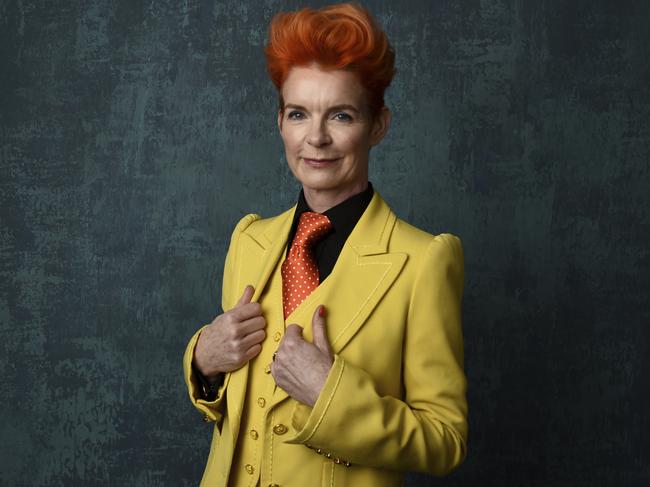
Sandy Powell is not blase. The 59-year-old film industry powerhouse and pre-eminent costume designer (Gangs of New York, The Departed and The Favourite are all hers) is heading into the climax of this year’s awards season with a BAFTA nod (she missed out to Little Women) and an Oscar nomination for The Irishman.
“It sounds ungrateful, doesn’t it? Blase?” she says, when putting this year’s nominations in context.
Powell is already the recipient of 15 Oscar nominations, including three wins (for Shakespeare in Love, The Aviator and The Young Victoria), as well as 16 BAFTA nominations and another three wins. This is not, in other words, her first rodeo. Set that against, for example, Meryl Streep, who can boast of “only” 15 BAFTA nominations and two trophies, but is nudging ahead at the Oscars with 21 nominations and three awards.
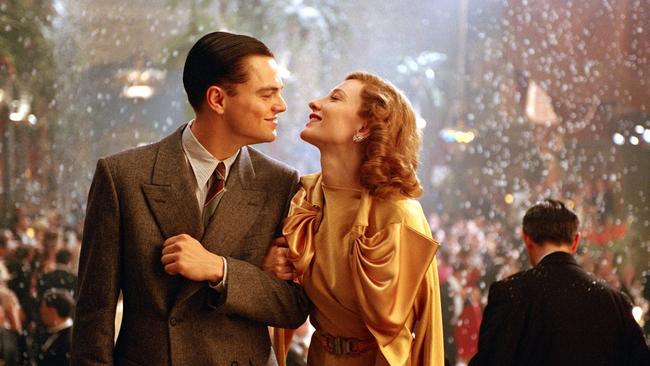
So Powell could be forgiven for not falling into paroxysms of ecstasy at the mere mention of awards. She has only just landed back in London where she lives, in Brixton, after bouncing around the pre-Oscar circuit in Los Angeles.
“But no, I’m not blase,” she eventually decides. “I’m equally thrilled every time there’s a nomination, particularly this time because this kind of film, and the costumes in this kind of film, usually don’t get recognised. Because it’s mostly guys in suits.”
Powell explains that, typically, she can spot a best costume design Oscar nomination a mile off, even before the film is made. “Anything 18th or 19th century is a dead cert,” she says. “Usually women in gowns of some description or very extravagant colourful things. The film may not even have a designer attached to it yet, but already you’re thinking, ‘Well, that’s a best costume nomination for whoever ends up doing it.’ ”
Men in suits
She says Martin Scorsese’s The Irishman is different. It is, she notes repeatedly, just men in suits. And more than that, she adds, it is men in, well, slightly boring suits. The life story of the mafia hitman Frank “The Irishman” Sheeran, as played by Robert De Niro, from his late 70s back to his mid 20s (screen trickery is involved) was never going to be a flashy tale of stereotypical sharp-suited gangsters.

“One of the first things that Marty (Scorsese) said to us is, ‘OK, this is about the mob and they’re characters you’ve seen before, but they don’t look like the ones you usually associate with a Martin Scorsese film. They aren’t the Goodfellas guys. They aren’t the Casino guys. They’re much more under the radar. They have to blend into the background. They don’t draw attention to themselves. They rarely got photographed. It is the nature of this story.’”
So in the northern summer of 2017, Powell and her co-designer, Christopher Peterson, set to work sourcing vintage clothing, researching five decades of men’s fashion and, crucially, making suits.
Powell says the production budget for The Irishman was “$US170m ($254m) and counting” and suggests a considerable chunk of that change went on the suits.
“I don’t know what the final costume department budget was, but it was definitely in the millions, for sure,” she says. “We dressed 6500 extras, while the principal characters had hundreds of changes. Robert De Niro had 100 costume changes, plus there were over 200 speaking parts. And when you have all of those characters being dressed over five decades, it’s an awful lot of clothes.
“And when you’re building clothes from scratch you’re talking couture prices. And couture fashion is expensive.”
Making De Niro young
What made Powell’s task even more demanding was that, thanks to the central “youthification” gimmick (De Niro, Al Pacino and Joe Pesci are playing younger versions of themselves via computer effects on their faces), she was actually designing young men’s clothes to be worn by older actors. Which is not straightforward. “If you think about it, I had to put Robert De Niro into clothes for his 30s and 40s, and make it look believable. It was really hard during the costume fittings when we put the real Bob into the clothes and then photographed him. It looked weird. I had to cut out pictures of a young Robert De Niro and paste them on to the fitting photographs to try to see the younger character and what he’d look like.”
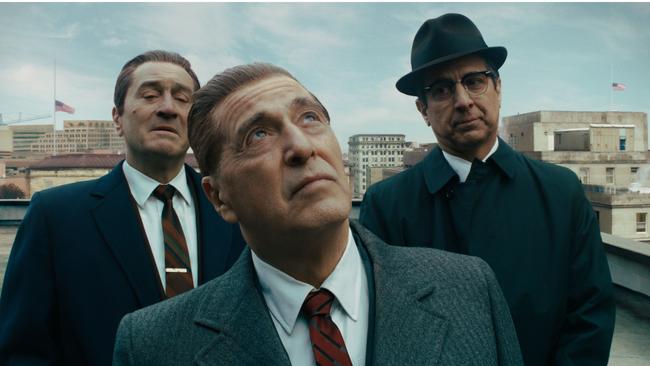
And during shooting? How do a group of 70-something actors carry off an ever-changing wardrobe of suits and shirts designed for men four decades younger? De Niro and Pacino, obviously, look fabulous for septuagenarians, but how did Powell deal with all the problematic aesthetics of, well, stooping bodies and flabby bits? The answer, it seems, involved standing tall and wearing fat-squeezing shirts.
“A lot of it was posture, really,” she says. “Being reminded to stand up straight with shoulders back and head up instead of lurching forward. And we used compression undershirts too. They’re like T-shirts but with a lot of stretch in them. They sort of even everything out and they’re a good reminder; they help you concentrate on the posture.”
Powell admits she couldn’t tell if the film was going to work or not until she saw the final product with the de-ageing visual effects in place. She seems genuinely pleased by the film’s awards-season recognition, especially for the costume work, and she wonders aloud: “Maybe people are starting to appreciate that achievement in costume design doesn’t just mean big shiny frocks.”
No-nonsense designer
Powell grew up with her younger sister, Rosalind (now a journalist and author), in a working-class Brixton household, the daughter of Maureen, a secretary, and Syd, a casino manager in Soho. She was interested in fashion from a young age and first made clothes for her dolls. She began making her own outfits, using ready-made patterns and her mum’s sewing machine, at the age of 12.
Powell studied theatre design at Central Saint Martins but left in her second year to work as a costume designer for choreographer and dancer Lindsay Kemp. She eventually moved into film, working for Derek Jarman (Caravaggio was her debut feature) before getting her first Oscar nod for Sally Potter’s Orlando, and becoming the go-to designer for Neil Jordan (The Crying Game), Todd Haynes (Carol) and Scorsese.
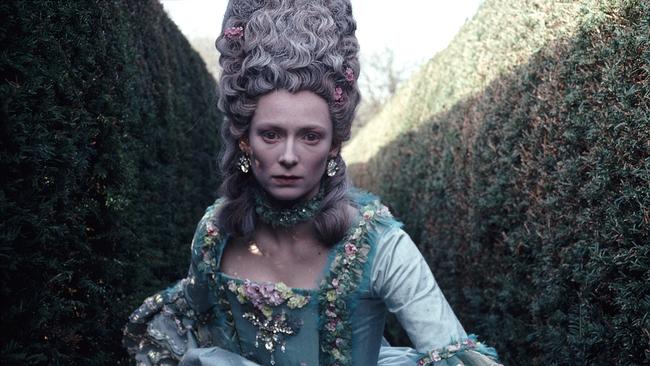
She is fascinating on the details and nuances of the job, demolishing the notion that costume design is simply about making nice clothes for actors. On Carol, for instance, she designed a Dior-inspired gown for the lead actress, Cate Blanchett, that needed to imply that Carol was a woman who dressed like someone who was ready for a dinner date without looking like someone who was ready for a dinner date. It’s that subtle. Or just imagine Nicholas Hoult’s fabulous foppish turn in The Favourite without Powell’s ridiculously ornate costume work (frills, ruffs, wig and cane).
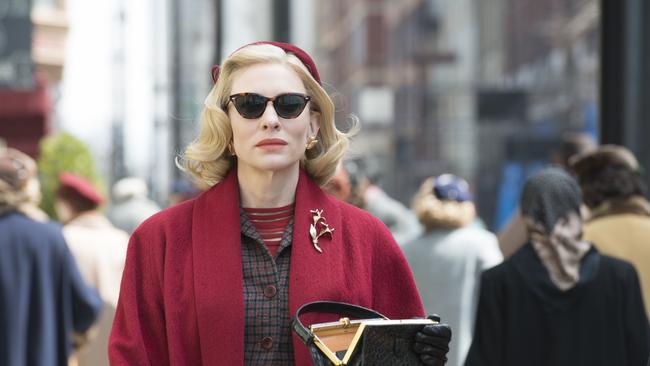
“If you have Nic Hoult prancing around in his tracksuit and doing his lines for The Favourite it just looks silly,” she says. “But the moment he puts on the costume he can find the character, and that’s the best bit about our job.”
She has a reputation for being “no-nonsense” with actors. “I am no-nonsense, yes,” she says. “You have to get the vanity out of the way early on, and make it clear that you’re not going to put up with vanity, and that we’re here to talk about the character. You remind them that you’re not dressing them, you’re dressing the character. And it’s not about making people look nice.”
She tells a story, very much at her own expense, about envying the costume of her unnameable leading lady (“I might reveal it some day”) so much that she brought it home and altered it to fit herself perfectly before realising, to her horror, that it was still required for several further scenes. “I had to bring it back and confess everything. There was a confrontation and I had egg on my face.”
Powell has lived in London all her life, migrating northwards to Hackney for two decades before returning to Brixton, where she lives with her “long-term partner”.
Her downtime mostly involves the search for inspiration in museum trips, theatre, cinema and “just looking at people on the street with my eyes open”.
Her next film is a Gloria Steinem biography directed by Julie Taymor called The Glorias. “It covers the same period as The Irishman — from the 1940s to the present day — but on a fraction of the budget, just $US17m,” she says. “It was a great project, but really it was miracle-working to do it for the money.”
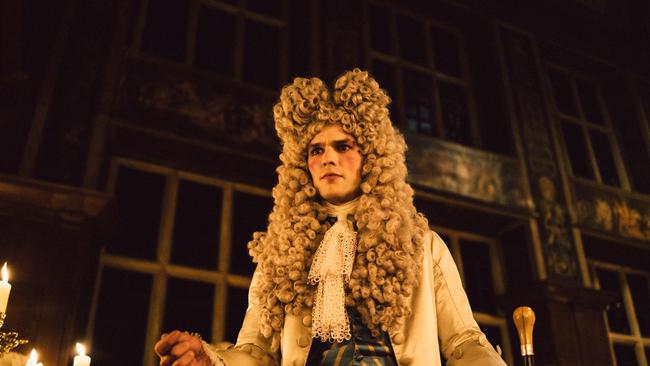
And after that? Don’t expect her to rush into anything. Being a multiple Oscar winner and widely regarded as the best in the business has its benefits. “I’m lucky enough to be in a position where I don’t have to do a job to pay the rent,” she says. “And I am quite fussy. I have, in the past, not worked for an entire year because I’ve been waiting for the right thing.”
She pauses, then adds: “I’ve had a good chunk of time off, though, so I’m ready to work again.”
Oscar nomination No 16? Coming right up.
The Times
